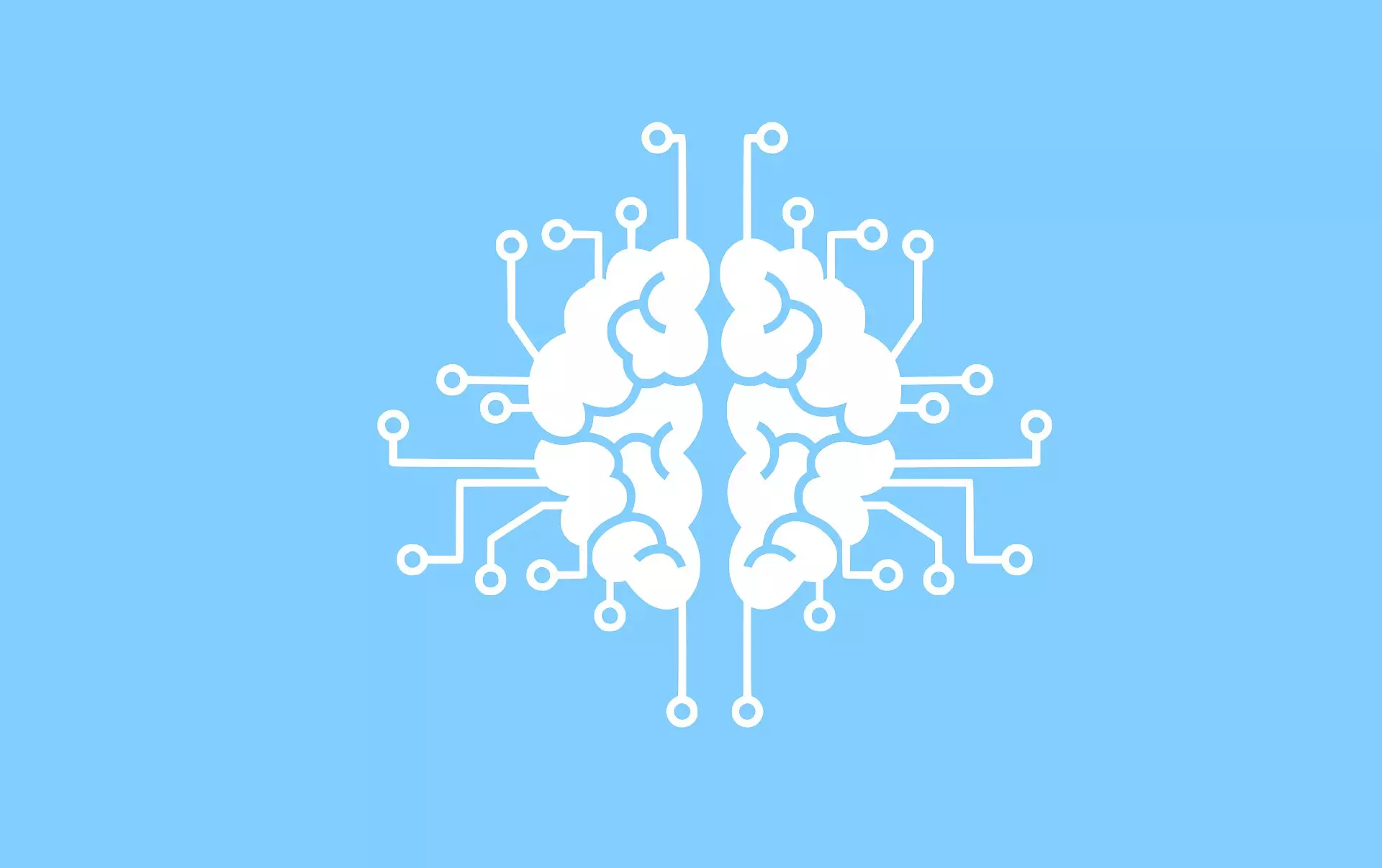In the world of computer science, the concept of bipartite matching is a crucial one. It involves pairing two sets of elements in a way that maximizes efficiency and satisfaction for all parties involved. Whether it’s matching drivers with passengers in rideshare apps or organ donors with recipients, the goal is to create optimal pairings that benefit everyone. This problem has been a focal point of intense study within the field, with researchers constantly seeking innovative ways to improve existing algorithms.
Associate Professor Saket Navlakha from Cold Spring Harbor Laboratory drew inspiration from the intricate wiring of the nervous system to address bipartite matching challenges. He observed how neurons in the nervous system initially form multiple connections with muscle fibers, but through a competitive process, only the most efficient pairings are preserved while excess connections are pruned. This biological mechanism intrigued Navlakha, leading him to develop a novel algorithm that mimics this process in a computational context.
Navlakha’s algorithm, based on principles derived from the nervous system, has demonstrated remarkable success in improving bipartite matching outcomes. By introducing a competitive bidding mechanism among elements seeking matches, the algorithm ensures that only the most compatible pairings are retained, while others reallocate to find better matches. This approach not only enhances the efficiency of pairings but also minimizes the number of unmatched parties, leading to better outcomes across various applications.
One of the key advantages of Navlakha’s algorithm is its ability to preserve privacy and enable distributed processing. Unlike traditional bipartite matching systems that rely on centralized servers for processing, this algorithm allows for a more decentralized approach, making it suitable for applications where data privacy is a concern. From online auctions to medical residency programs, the algorithm’s flexibility and performance make it a valuable tool for a wide range of scenarios.
Navlakha envisions a future where the neuroscience-inspired algorithm can be adapted and utilized across various domains to enhance pairing efficiency. By drawing parallels between biological systems and computational challenges, researchers can uncover new insights and develop innovative solutions to complex problems. The potential applications of this algorithm are vast, ranging from optimizing rideshare services to improving healthcare systems. As the algorithm continues to be refined and adapted for different use cases, its impact on AI and computational algorithms is likely to be profound.
Navlakha’s work exemplifies the value of interdisciplinary collaboration and the power of drawing inspiration from nature to solve complex computational problems. By combining insights from biology with computational expertise, researchers can unlock new possibilities and revolutionize existing algorithms. The future of bipartite matching and AI algorithms is indeed promising, thanks to innovative approaches like the one pioneered by Navlakha.



Leave a Reply